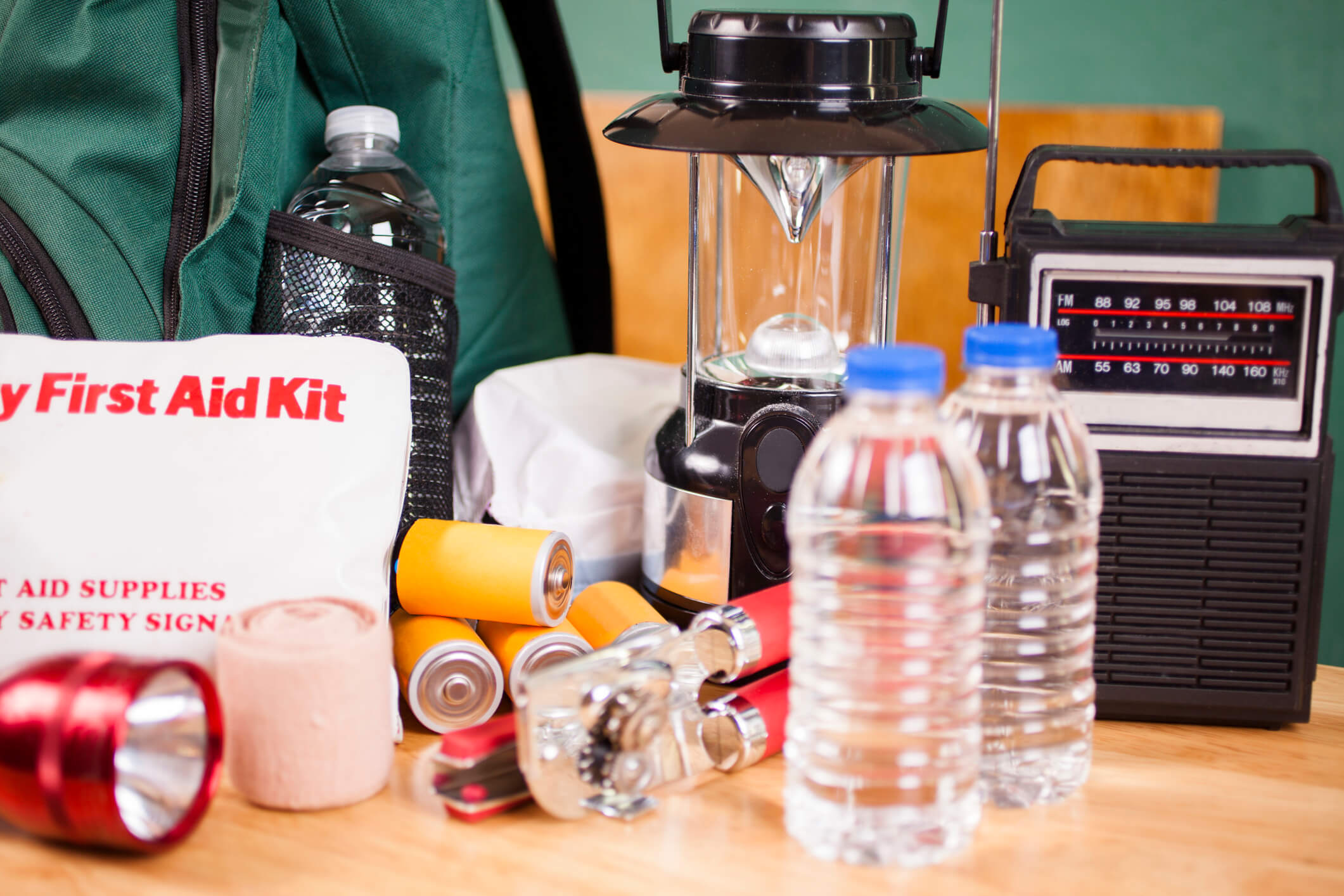Life is filled with unexpected twists and turns, and having a financial safety net can provide peace of mind during the rough patches. An emergency fund is a vital tool that can help you weather unexpected expenses, job loss, medical emergencies, and other unforeseen situations without derailing your financial stability. You may have questions, like how much should you have in your emergency fund? How can I find the extra money to create an emergency fund? We have answers! Here are steps to create your emergency fund.
1. Define your goal
Start by setting a clear goal. Consider factors like your monthly expenses, dependents, and job stability. A common rule of thumb is to aim for three to six months’ worth of living expenses. However, you might adjust this based on your personal circumstances and risk tolerance. The important thing is to at least start—no matter how small.
2. Calculate monthly expenses
To determine the right amount for your emergency fund, calculate your essential monthly expenses. This includes housing, utilities, groceries, insurance, debt payments, and other non-negotiable costs. Multiply that total by the number of months you’ve set as your goal.
3. Start small
If the thought of saving several months’ worth of expenses feels overwhelming, start with a smaller goal and gradually work your way up. Begin by aiming for a $500 or $1,000 fund and then build from there. The key is to start and consistently contribute.
4. Create a separate account
Keep your emergency fund separate from your regular checking or savings account. This separation makes it less likely that you’ll dip into the fund for non-emergencies. Consider opening a high-yield savings account, money market account, or a separate savings account solely for this purpose.
5. Establish a monthly budget
Set a monthly budget that includes a contribution to your emergency fund. Treating it as a non-negotiable expense ensures you prioritize saving for unforeseen circumstances.
6. Automate contributions
Make saving a habit by automating contributions to your emergency fund. Set up an automatic transfer from your primary account to your emergency fund account on payday. This takes away the temptation to spend the money elsewhere.
7. Use windfalls wisely
When you receive unexpected windfalls like tax refunds, bonuses, or gifts, consider allocating part of the money to your emergency fund. This accelerates your progress without impacting your regular budget.
8. Cut unnecessary expenses
Review your monthly spending and identify areas where you can cut back. Redirect the money you save into your emergency fund. Consistently evaluating and reducing non-essential spending can help you reach your goal faster.
9. Avoid temptation
It’s really important to resist the urge to dip into your emergency fund for non-emergencies. Creating a clear definition of what constitutes an emergency (e.g., not a pair of shoes you can’t live without, even though that might feel like an emergency) can help you make sound decisions.
10. Monitor and adjust
Regularly review your emergency fund’s progress and adjust your contributions as your financial situation evolves. As your income increases or your expenses decrease, consider increasing your monthly contributions to reach your goal sooner.
The bottom line: how much should an emergency fund be?
Building an emergency fund is a crucial step toward financial resilience. While it may take time and discipline to reach your goal, the security and peace of mind it provides are well worth the effort. By defining your goal, creating a budget, and consistently contributing, you’ll be prepared to face unexpected challenges without compromising your financial stability. Remember that building an emergency fund is an ongoing process, and the sooner you start, the better positioned you’ll be to handle whatever life throws your way. If you do find yourself in a pinch, where you need a little extra cash, Brigit’s Instant Cash* can be a simple way to cover you for a short-term need.
*Subject to Brigit’s approval and policies. Not all members are approved for advances and the amount varies per customer. Advances range from $50 – $250. Log into the Brigit app to learn more. No credit checks or interest, ever. Additional fees may apply for instant delivery of funds.



